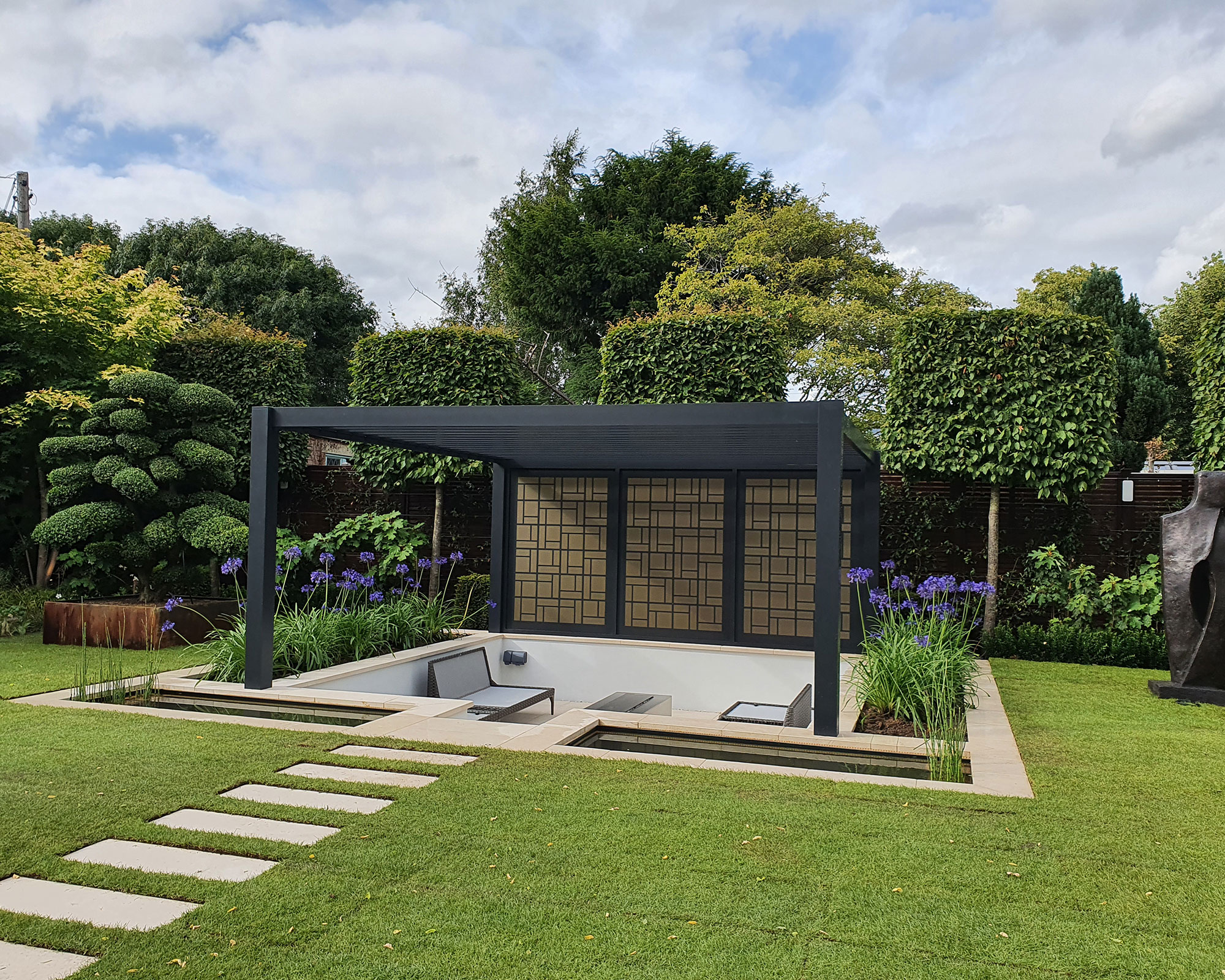Some Known Incorrect Statements About Hilton Head Landscapes
Table of ContentsThe Ultimate Guide To Hilton Head LandscapesSome Ideas on Hilton Head Landscapes You Should KnowThe 5-Second Trick For Hilton Head LandscapesHilton Head Landscapes - Questions5 Easy Facts About Hilton Head Landscapes ExplainedThe Single Strategy To Use For Hilton Head LandscapesThe Greatest Guide To Hilton Head Landscapes
Line creates all kinds and patterns and can be made use of in a range of methods in the landscape. Line in the landscape is created by the side between two products, the rundown or silhouette of a kind, or a lengthy direct feature. Lines are an effective tool for the developer since they can be used to develop a limitless variety of forms and types, and they regulate motion of the eye and the body.

Lines in the landscape. The buildings of lines figure out how individuals respond to the landscape, both emotionally and literally.
The Best Strategy To Use For Hilton Head Landscapes
Curved lines produce an informal, all-natural, unwinded personality that is associated much more with nature and asymmetrical balance. Curved lines move the eye at a slower pace and add secret to the room by creating concealed sights.
Upright lines in the landscape consist of high, narrow plant material, such as trees, or tall structures, such as an arbor or a bird home on a pole. Straight lines relocate the eye along the ground airplane and can make an area feel larger. Reduced lines are more controlled and create a feeling of rest or repose.
Rumored Buzz on Hilton Head Landscapes
Lines are also produced by the upright types of built functions and plant product. There are three key line types that produce form in the landscape: bedlines, hardscape lines, and plant lines.
Bedlines connect plant product to your home and hardscape due to the fact that the eye follows the line, relocating the gaze with the landscape. Hardscape lines are created by the side of the hardscape, which delineates the developed framework. Line can also be produced by lengthy and slim materials, such as a fencing or wall surface.
Hilton Head Landscapes - The Facts
Form is found in both hardscape and plants, and it is generally the dominant visual aspect that spatially arranges the landscape and often figures out the style of the garden. The type of structures, plant beds, and garden accessories also identifies the general type style of the yard. Official, geometric forms include circles, squares, and polygons.
Plants produce type in the garden with their outlines or silhouettes, but type can likewise be specified by a space or unfavorable area between plants - click this site bluffton landscaping (https://disqus.com/by/disqus_mvAiTQ3jyY/about/). Circles can be cycles, or they can be split into half circles or circle sectors and incorporated with lines to produce arcs and tangents
See This Report on Hilton Head Landscapes
Circles can likewise be extended into ovals and ellipses for even more variety and passion. Circles are a strong layout form due to the fact that the eye is always attracted to the center, which can be utilized to emphasize a focal factor or attach various other forms. Number 2. Round types in hardscape and lawn panels.
The square kind can also be segmented and pre-owned repeatedly to produce a grid pattern. Unlike circles, squares are more powerful on the edges, which can be lined up or overlapped to produce one-of-a-kind patterns and more complicated types. Polygons are many-sided kinds with straight edges. Triangulars, as an example, are three-sided polygons.
Meandering lines often simulate the all-natural training course of rivers or streams and can be defined as smooth lines with deeply curved undulations. Meandering lines (Figure 3) work well for paths, plant bedlines, and completely dry stream beds. Twisting lines can include passion and enigma to a yard by leading customers around corners to uncover new sights and areas.
The Definitive Guide for Hilton Head Landscapes

Common plant kinds are well established and standardized, as kind is the most constant and recognizable feature of plants. Type can also be developed with the massing of plants, where the general mass creates a various kind than a private plant.
A very different type needs to be used with careone or more work well as a centerpiece, however as well lots of wreak havoc. Natural plant kinds, as opposed to over-trimmed forms, must establish the bulk of the structure. The importance of overall kind is basically depending on the seeing perspectivethe kind of a tree can show up quite various to an individual standing under the cover versus seeing the tree from a distance in an open area.
The Best Strategy To Use For Hilton Head Landscapes
Plant types additionally create and define the space or open areas between the plants, producing either convex or scooped kinds in deep spaces. High-arching tree branches normally develop a concave open room under the branches, and a rounded cover with reduced branches fills up the area to produce a convex type in the open space under the tree.
